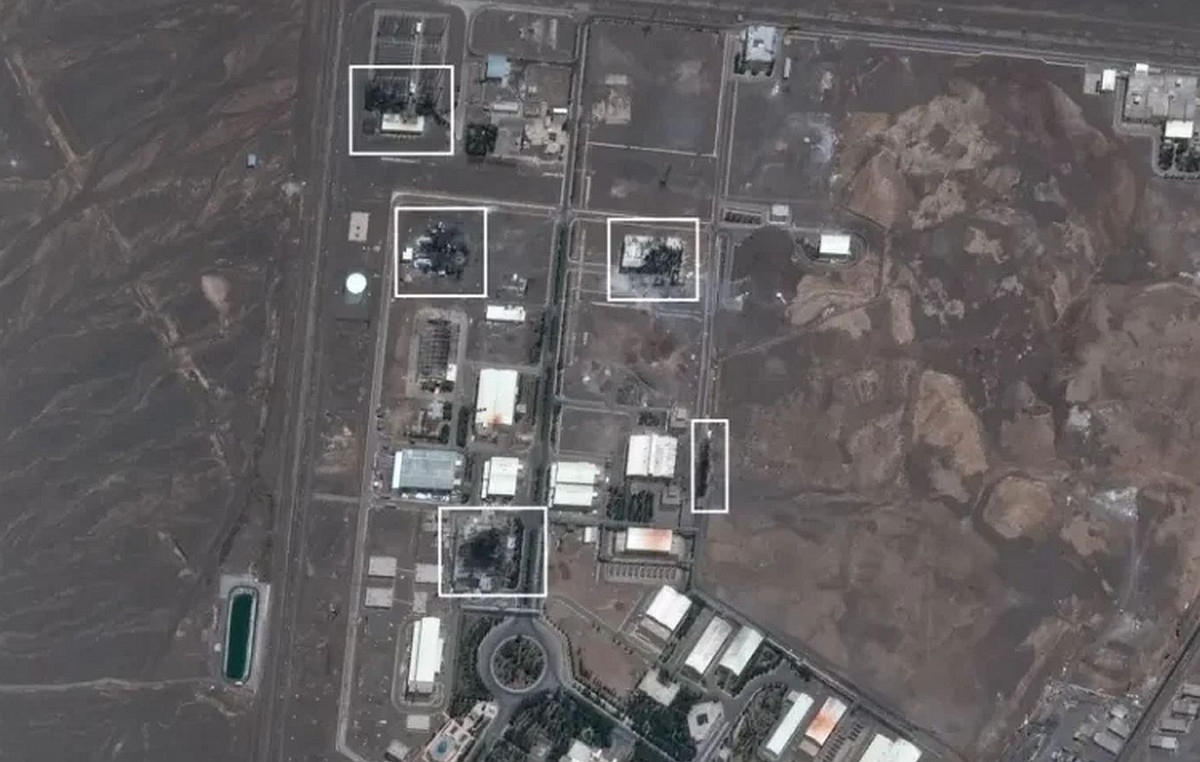- Commercial conversations between the US and China continue in London, raising WTI prices above $ 64.00 before an improvement in demand expectations.
- The US NFIB index for May shows an increase in business optimism, which supports higher oil prices to expectations of greater energy need.
- Investors look at the US API report scheduled for Tuesday in search of changes in weekly oil inventories.
The price of crude oil West Texas Intermediate (WTI) is contributing up on Tuesday, extending its ascending movement for the fourth consecutive day, and supported by continuous optimism around the second day of commercial conversations between the US and China in London.
As the two largest economies in the world, any progress in their commercial relationship has a direct impact on the global oil price, influencing demand expectations, the dynamics of the supply chain and the general feeling of the market.
After positive comments on Monday by US President Donald Trump, who said he is receiving “good reports” from the meeting, US secretary of Commerce, Howard Lutnick, told journalists that commercial conversations with China are progressing well. He added that he hopes that the conversations will continue during the day, according to Reuters.
With reports that suggest that both parties are working towards better commercial cooperation, market confidence has increased, pushing the WTI over the 64.00 $ brand at the time of writing, while merchants continue to monitor the developments to obtain more address.
The US NFIB shows an improvement in business confidence in May, providing an additional impulse to the price of oil
Adding to the positive tone, the Business Optimism Index of the National Federation of Independent Business (NFIB) for May has indicated an improvement in business confidence among small businesses on Tuesday, providing an additional impulse for the price of oil.
The index registered a value of 98.8 in May, exceeding the estimate of consensus of 95.9 and showing an increase from the reading of April 95.8.
The US API data is expected to show an increase of 0.7 million barrels in weekly inventories
The American Petroleum Institute (API) will publish its weekly statistics bulletin at 20:30 GMT, which is expected to show an increase of 0.7 million barrels in inventories, after the reduction of 3.3 million barrels last week.
These data offer information on refinery and production operations in the United States, reflecting the state of US inventories.
If the weekly report does not comply with forecasts and shows that inventories are decreasing, a reduction in supply could boost the price of rise oil. In contrast, an increase in inventories could have a negative effect on WTI.
The oil price wi extends profits above $ 64.00
WTI oil is extending profits on Tuesday, with prices contributing above $ 64.00 at the time of writing.
For the upward movement, the psychological level of $ 65.00 remains a key resistance barrier, which could open the door to the single mobile average (SMA) of 100 days just below $ 66.00.
With the upward impulse gaining traction in recent days, the indicator of the relative force index (RSI) is 61 in the daily chart, showing a strong ascending impulse. To the negative side, a movement below $ 64.00 could see the WTI bassists enter, with the 20 -day SMA providing support at $ 62.00.
WTI oil daily graphics

WTI FAQS oil
WTI oil is a type of crude oil that is sold in international markets. WTI are the acronym of West Texas Intermediate, one of the three main types that include the Brent and Dubai’s crude. The WTI is also known as “light” and “sweet” by its relatively low gravity and sulfur content, respectively. It is considered high quality oil that is easily refined. It is obtained in the United States and is distributed through the Cushing Center, considered “the crossing of the world.” It is a reference for the oil market and the price of WTI is frequently traded in the media.
Like all assets, supply and demand are the main factors that determine the price of WTI oil. As such, global growth can be a driver of the increase in demand and vice versa in the case of weak global growth. Political instability, wars and sanctions can alter the offer and have an impact on prices. OPEC decisions, a group of large oil -producing countries, is another key price factor. The value of the US dollar influences the price of WTI crude oil, since oil is mainly traded in US dollars, so a weaker dollar can make oil more affordable and vice versa.
Weekly reports on oil inventories published by the American Petroleum Institute (API) and the Energy Information Agency (EIA) influence the price of WTI oil. Changes in inventories reflect the fluctuation of supply and demand. If the data show a decrease in inventories, it can indicate an increase in demand, which would raise the price of oil. An increase in inventories may reflect an increase in supply, which makes prices lower. The API report is published every Tuesday and that of the EIA the next day. Their results are usually similar, with a 1% difference between them 75% of the time. EIA data is considered more reliable, since it is a government agency.
The OPEC (Organization of Petroleum Exporting Countries) is a group of 13 nations oil producing that collectively decide the production quotas of member countries in biannual meetings. Their decisions usually influence WTI oil prices. When OPEC decides to reduce fees, it can restrict the supply and raise oil prices. When OPEC increases production, the opposite effect occurs. The OPEC+ is an expanded group that includes another ten non -members of the OPEC, among which Russia stands out.
Source: Fx Street
I am Joshua Winder, a senior-level journalist and editor at World Stock Market. I specialize in covering news related to the stock market and economic trends. With more than 8 years of experience in this field, I have become an expert in financial reporting.







